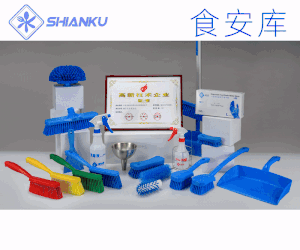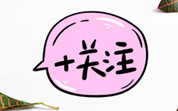食品伙伴網(wǎng)訊 2022年5月4日,歐盟食品安全局發(fā)布了歐盟非洲豬瘟流行病學分析報告(2020年9月至2021年8月)。
據(jù)了解,報告對2020年9月1日至2021年8月31日歐盟受影響成員國和兩個鄰國的非洲豬瘟基因型II疫情進行了描述性分析。
部分原文報道如下:
This report provides a descriptive analysis of the African swine fever (ASF) Genotype II epidemic in the affected Member States in the EU and two neighbouring countries for the period from 1 September 2020 to 31 August 2021. ASF continued to spread in wild boar in the EU, it entered Germany in September 2020, while Belgium became free from ASF in October 2020. No ASF outbreaks in domestic pigs nor cases in wild boar have been reported in Greece since February 2020. In the Baltic States, overall, there has been a declining trend in proportions of polymerase chain reaction (PCR)-positive samples from wild boar carcasses in the last few years. In the other countries, the proportions of PCR-positive wild boar carcasses remained high, indicating continuing spread of the disease. A systematic literature review revealed that the risk factors most frequently significantly associated with ASF in domestic pigs were pig density, low levels of biosecurity and socio-economic factors. For wild boar, most significant risk factors were related to habitat, socio-economic factors and wild boar management. The effectiveness of different control options in the so-named white zones, areas where wild boar densities have been drastically reduced to avoid further spread of ASF after a new introduction, was assessed with a stochastic model. important findings were that establishing a white zone is much more challenging when the area of ASF incursion is adjacent to an area where limited control measures are in place. Very stringent wild boar population reduction measures in the white zone are key to success. The white zone needs to be far enough away from the affected core area so that the population can be reduced in time before the disease arrives and the timing of this will depend on the wild boar density and the required population reduction target in the white zone. Finally, establishing a proactive white zone along the demarcation line of an affected area requires higher culling efforts, but has a higher chance of success to stop the spread of the disease than establishing reactive white zones after the disease has already entered in the area.
本文由食品伙伴網(wǎng)食品資訊中心編輯,供網(wǎng)友參考,有任何疑問,請聯(lián)系news@foodmate.net。
相關(guān)政策解讀











 地區(qū):
地區(qū):






 魯公網(wǎng)安備 37060202000128號
魯公網(wǎng)安備 37060202000128號



